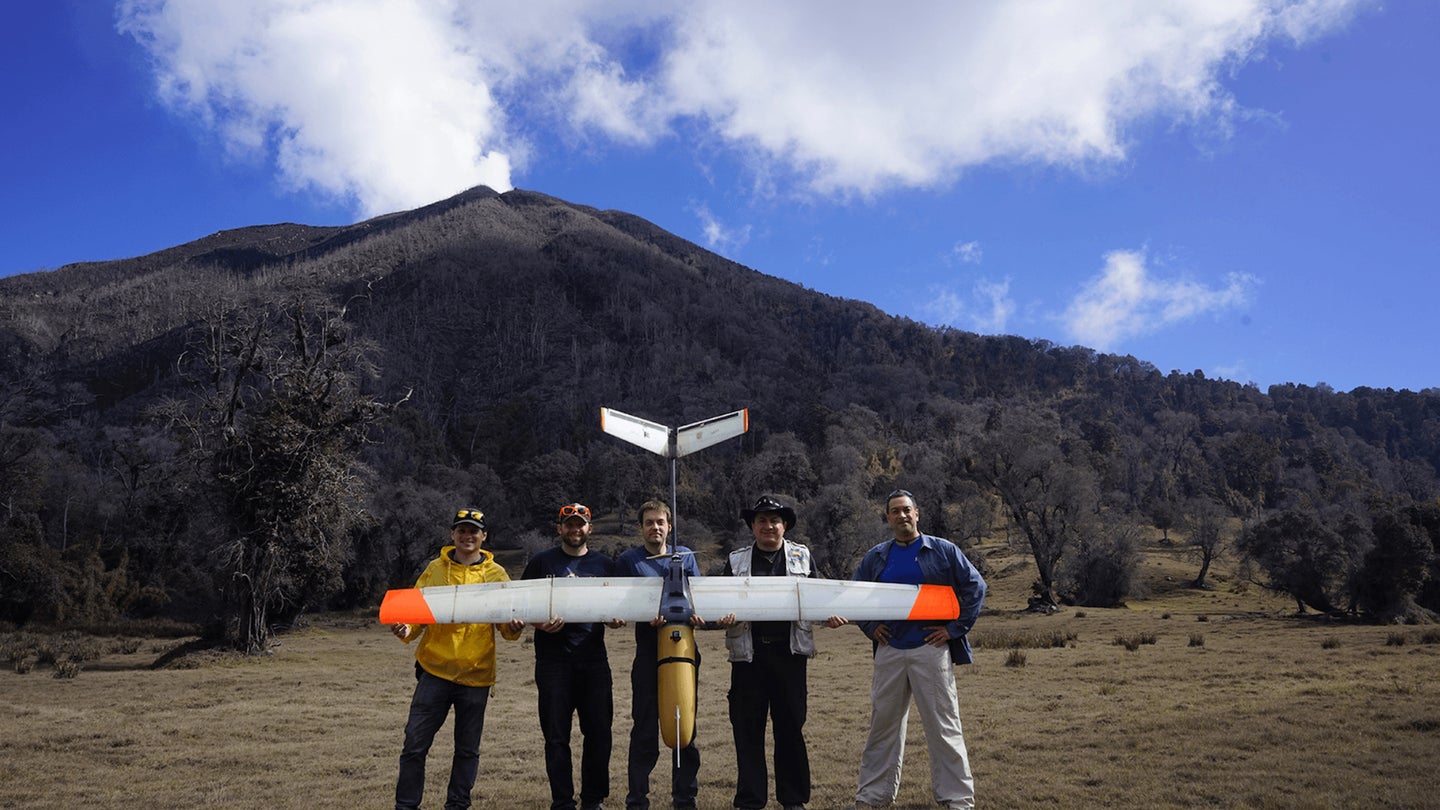NASA Partners With Black Swift Technologies to Study Volcanoes via Drone
NASA’s Jet Propulsion Lab and Boulder-based Black Swift Technologies completed gas-sampling drone missions in Costa Rica last month.

The last time we reported on drone-related volcanology, it was in regards to a $45,000 gas-sampling drone gone missing during a mission in January in the wake of Bali’s Mount Agung erupting numerous times. Unfortunately, the team of Indonesian researchers seems to have lost its sensor-equipped unmanned aerial vehicle for good. Every yin has its yang, however, which brings us to some more positive news—the Colorado-based engineering firm Black Swift Technologies partnered with NASA’s Jet Propulsion Laboratory and successfully completed a series of CO2-analyzing drone missions near an active volcano in Costa Rica last month.
According to sUAS News, the aerial missions, assisted by Dr. Jorge Andres Diaz and his team from the University of Costa Rica, took place in January and utilized Black Swift Technologies’ most sophisticated drone, the Black Swift S2. The goal here was to use this sensor-fitted UAV to measure the volcano’s carbon dioxide and water vapor output. In the future, this same team plans on adding sensors capable of measuring methane, hydrogen sulfide, and sulfur dioxide, in addition to using a nephelometer to analyze the particle size and distribution of volcanic materials in the area. The drone-related volcanic exploration doesn’t end there, however, as this group of eager scientists aims to gather pressure, temperature, and humidity data, as well as constructing three-dimensional wind patterns of the area.
Drones have become an invaluable tool to industries across the globe, and sampling various gases and elements near volcanoes has certainly become an important and effective UAV use-case. “A drone can go places more effectively than ground personnel or costly manned aircraft,” said Black Swift Technologies CEO, Jack Elston, Ph.D. “Our goal was to deploy a sUAS in a challenging environment that was capable of following the contours of the forest canopy around a volcano to sample gases horizontally and vertically to obtain real-time data on how a plume varies over altitude, as opposed to satellite observations, which might just capture an average value over its entire column,” he explained.
Essentially, aerially monitoring a volcano and its surrounding chemical make-up can provide scientists and researchers with far more data than relying on satellite imagery. Reportedly, the three-dimensional element, as well as the actual analyzing of the air’s chemical make-up, can warn us of potential eruptions. In simpler terms - the more gas emissions leaving a volcano, the more likely an eruption.
“Increases in CO2 emissions are one of the earliest indicators that a volcano is reactivating and might erupt, but it’s really hard to put instruments on so many volcanoes, especially in the tropics,” said Florian Schwander, a researcher based at the University of California, Los Angeles and member of the JPL research team.
This is one of the most rational, functional use-cases of drone surveillance and the potential to save thousands of lives—simply by keeping aerial tabs on our planet’s volcanoes.
